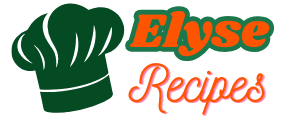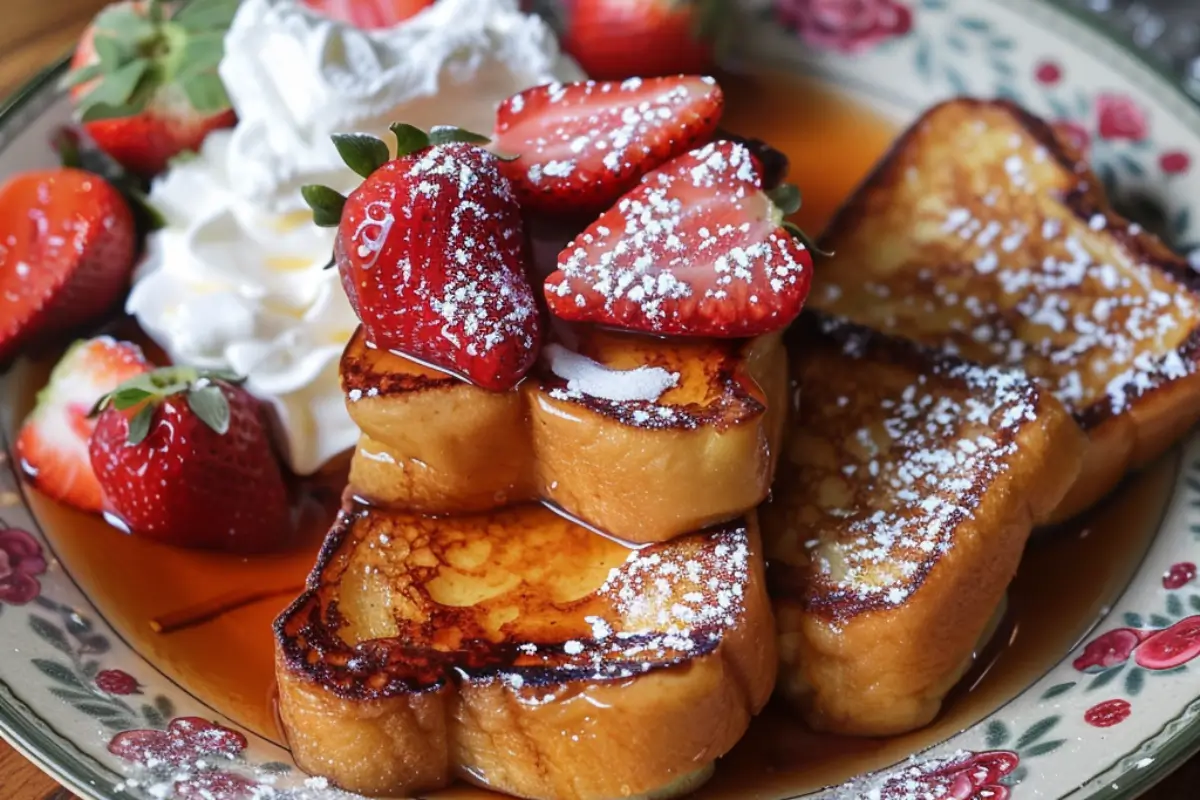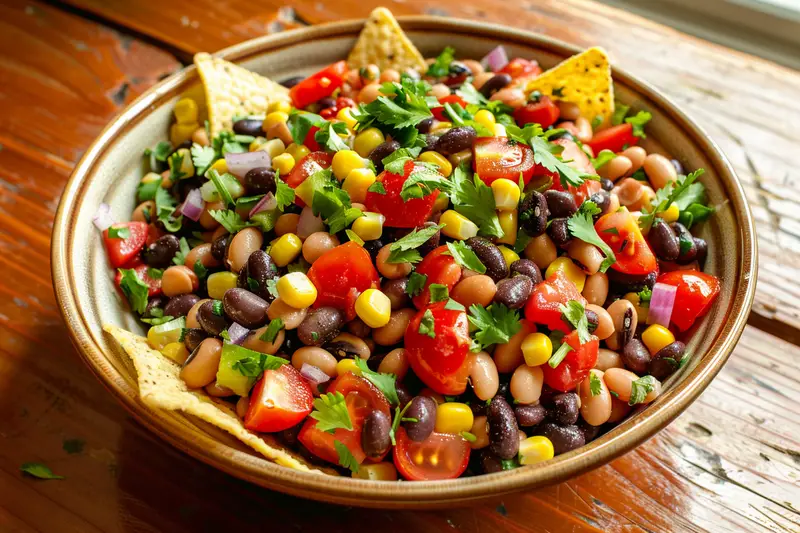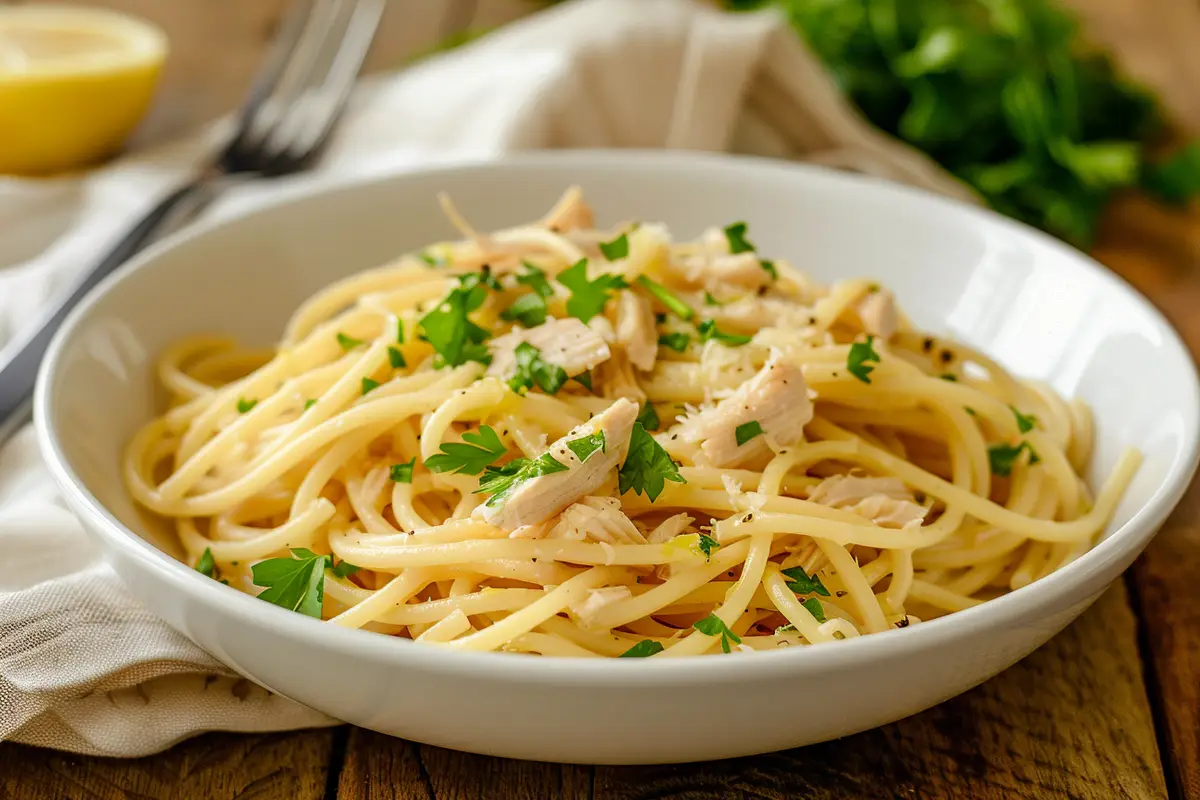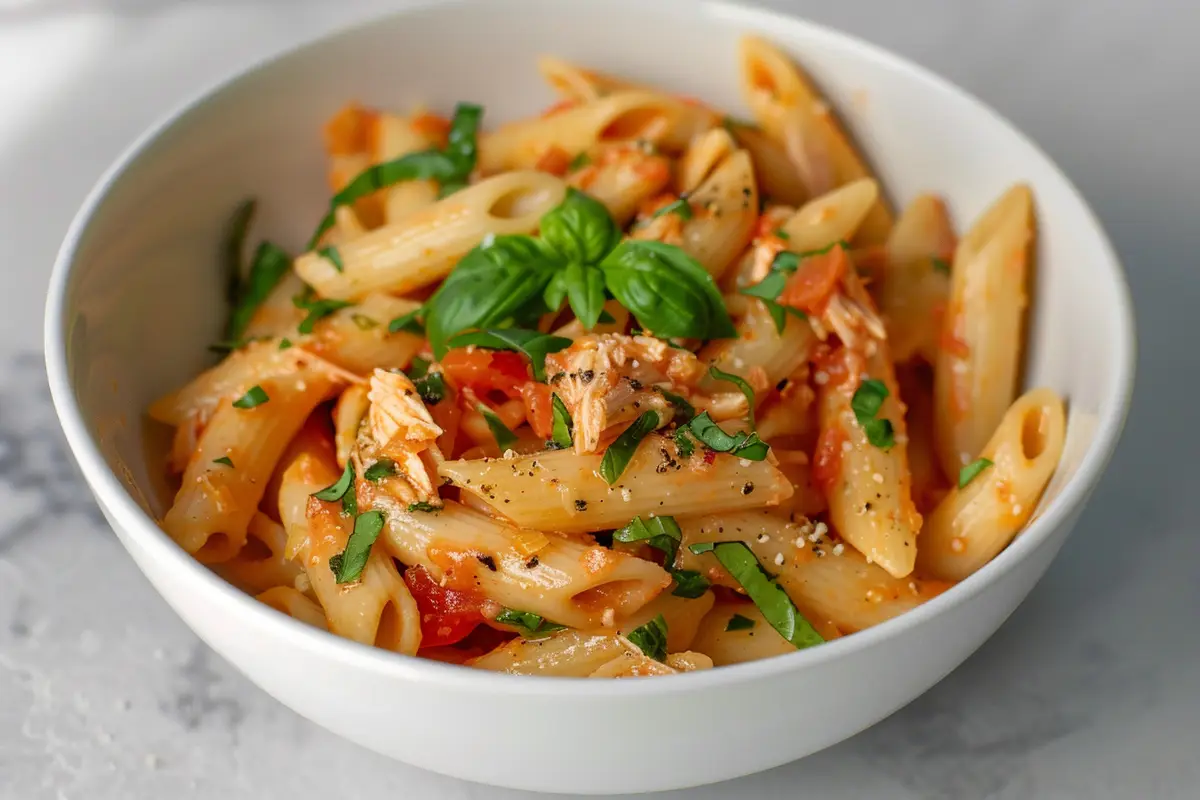French toast is a classic breakfast dish made by soaking slices of bread in an egg mixture and cooking them until golden brown. This simple yet delicious meal has been enjoyed for centuries, with variations found in many cultures worldwide.
While the basic concept remains the same, the best French toast balances a crisp, buttery exterior with a soft, custardy center. Whether topped with syrup, powdered sugar, or fresh fruit, it’s a versatile dish perfect for breakfast, brunch, or even dessert. The key to success lies in selecting the right bread and mastering the custard mixture.
French Toast: What Is It?
French toast is a simple yet delicious dish made by soaking slices of bread in an egg mixture and cooking them until golden brown. The result is a custardy, slightly crispy breakfast treat that pairs perfectly with syrup, powdered sugar, or fresh fruit.
A Brief History of French Toast
While many assume French toast originated in France, its history dates back to ancient Rome. The dish evolved over centuries and became a staple in European and American breakfast menus.
Choosing the Best Bread for French Toast
Not all bread is created equal when it comes to making French toast. The right bread can mean the difference between a perfect slice and one that falls apart.
Best Bread for French Toast
- Brioche – Buttery and soft, perfect for a rich, fluffy French toast recipe.
- Challah – Slightly sweet and dense, great for soaking the custard.
- Texas Toast – Thick slices make for a hearty, golden brown crust.
Why Stale Bread Works Best
Fresh bread can become too soggy when soaked in the egg mixture. Instead, use slightly stale bread or let fresh slices dry out for a few hours before making French toast.
The Secret to a Perfect Custard Mixture
The egg mixture (or custard) is what gives French toast its creamy texture and rich flavor.
Key Ingredients for the Custard
- Eggs – The base of the batter.
- Whole Milk or Heavy Cream – Adds richness and helps achieve a custardy texture.
- Granulated Sugar or Brown Sugar – Enhances sweetness.
- Cinnamon & Orange Zest – Adds warmth and depth of flavor.
- Vanilla Extract – A classic addition for extra sweetness.
Whisking for the Perfect Blend
Use a shallow dish to whisk together the custard ingredients until smooth. This prevents lumps and ensures an even coating on the bread slices.
The Best Way to Soak the Bread
Soaking the bread properly is key to achieving a fluffy, custardy center without making it soggy.
How Long Should You Soak the Bread?
- Thin Slices – 5-10 seconds per side.
- Thick Slices of Bread – 20-30 seconds per side for full absorption.
Avoiding Soggy French Toast
Don’t let the bread sit too long in the custard. It should be evenly soaked but not falling apart.
How to Cook French Bread to Golden Perfection
Cooking French toast correctly ensures a crisp exterior and a soft interior.
The Best Skillet for French Toast
- Nonstick Skillet – Prevents sticking and helps achieve a golden brown crust.
- Cast Iron or Griddle – Retains heat well for even cooking.
Cooking Tips
- Medium Heat is Key – Too hot, and the outside burns before the inside is cooked.
- Use Butter and Oil – Butter adds flavor, and oil prevents burning.
- Cook for Minutes Per Side – About 2-3 minutes per side until golden brown.
Bombay Toast Toppings and Variations
French toast is delicious on its own, but toppings take it to the next level.
Classic Toppings
- Maple Syrup
- Powdered Sugar
- Fresh Fruit
Creative Variations
- Savory French Toast – Skip the sugar and serve with eggs and bacon.
- Stuffed French Toast – Fill with cream cheese or Nutella.
- Crispy French Toast – Coat in crushed cornflakes before cooking.
Common Eggy Toast Mistakes and How to Fix Them
Why Is My Pain Perdu Soggy?
- Used fresh bread instead of stale bread.
- Oversoaked the slices in the custard.
- Cooked on too low heat, preventing proper browning.
Why Is My French Toast Too Dry?
- Didn’t soak the bread long enough.
- Used too little custard.
Making Eggy Toast Ahead of Time: Storage and Reheating Tips
How to Store Leftover French Toast
- Refrigerator – Store in a single layer on a baking sheet, covered with foil.
- Freezer – Freeze in a single layer, then transfer to a bag.
Reheating French Toast
- Microwave – Quick and easy, but may lose crispiness.
- Oven (200°F Oven) – Best for keeping it crispy.
Savory Eggy Bread: A Delicious Twist
Pain Perdu doesn’t have to be sweet! Try a savory version with:
- Kosher salt and black pepper in the custard.
- Toppings like avocado, smoked salmon, or cheese.
The Best French Recipe to Try Today
Ingredients:
- 4 slices of brioche or challah
- 2 eggs
- ½ cup whole milk or heavy cream
- 1 tbsp brown sugar
- ½ tsp cinnamon
- ½ tsp vanilla extract
- Butter for cooking
Instructions:
- Whisk together eggs, milk, sugar, cinnamon, and vanilla in a shallow dish.
- Dip bread slices in the custard, letting them soak for 10-20 seconds per side.
- Heat butter in a large skillet over medium-high heat.
- Cook each slice for 2-3 minutes per side until golden brown.
- Serve with maple syrup, powdered sugar, and fresh fruit.
The Best Way to Make This Recipe Perfectly Every Time
If you know to make great French toast, you understand that the bread choice is essential. A loaf of bread like Sara Lee Artesano or any thick-sliced bread works best for soaking up the custard without falling apart. Place the bread in the egg mixture, letting it absorb just enough without overdoing it.
Cook on medium high heat for about minutes on each side to achieve that golden-brown perfection. When your Bombay toast comes off the pan, let your French toast to cool slightly before serving.
For the perfect finishing touch, sprinkle a dusting of powdered sugar on top. You can even add maple syrup or fresh fruit for extra flavor. Use whatever toppings suit your taste!
I’ve never had a breakfast fail when using this easy Pain Perdu recipe. It’s nice to enjoy a homemade brunch that feels indulgent yet simple. Just remember—you’re not serving a regular sandwich, so treat it with the love it deserves!

Key Takeaways
✔ Use stale bread for the best texture.
✔ Soak the bread just long enough to absorb flavor without falling apart.
✔ Cook on medium heat for a golden brown finish.
✔ Experiment with different toppings and variations.
This classic French toast recipe is perfect for brunch or a quick and easy breakfast. Whether you love it sweet or savory, knowing how to make French toast the right way ensures a delicious start to your day!
FAQs
Can You Make French Toast Without Milk?
Yes, you can make Bombay toast without milk. Simply replace the milk with water, dairy-free alternatives like almond or oat milk, or even orange juice for a citrusy twist. The key is to maintain the right egg-to-liquid ratio to create a custard-like consistency.
What Is French Toast Called in Europe?
In Europe, French toast goes by different names. In France, it is called “pain perdu,” which means “lost bread,” referring to the use of stale bread. In the UK, a similar dish is known as “eggy bread,” and in Germany, it is called “Arme Ritter” (poor knights).
Why Do Americans Call It French Toast?
The name “French toast” likely originated in America because early European immigrants brought the recipe with them. The dish was popularized in the U.S. and given the name “French toast” to make it sound more sophisticated and appealing.
What’s the Difference Between Eggy Bread and French Toast?
The main difference is that Pain Perdu is usually sweet, made with cinnamon, sugar, and vanilla, while eggy bread is a savory version often paired with ingredients like cheese, bacon, or tomatoes. The base preparation is similar, but the flavors and toppings vary.
What Ingredients Are in French Toast?
A classic French toast recipe typically includes:
Bread (brioche, challah, or Texas toast)
Eggs (to create the custard)
Milk or cream (for richness)
Sugar (brown sugar or granulated sugar)
Cinnamon and vanilla extract (for flavor)
Butter (for cooking)
Maple syrup or powdered sugar (for serving)
What Is the Most Common Mistake in Making French Toast?
One of the biggest mistakes is soaking the bread for too long, which can make it soggy. Other common mistakes include:
Using fresh bread instead of slightly stale bread, which absorbs custard better.
Cooking on too high or too low heat, leading to uneven cooking.
Not whisking the egg mixture thoroughly, causing uneven texture.
By avoiding these mistakes, you’ll be able to make the perfect French toast every time!
Conclusion
Making the best French toast is easier than you think when you have the right ingredients and techniques. From choosing the perfect bread to mastering the custard mixture, soaking just enough, and cooking at the right temperature, each step plays a crucial role in achieving that golden brown, fluffy perfection.
Whether you’re preparing a classic sweet version with maple syrup and powdered sugar or exploring a savory twist with cheese and herbs, Bombay Toast is a versatile and satisfying dish for any meal of the day. By avoiding common mistakes and experimenting with toppings, you can make every bite as delicious as possible.
Looking for more breakfast ideas? Check out these recipes for inspiration:
- The Best French Toast Vegan Recipe – A dairy-free twist on a classic favorite.
- Easy Overnight Oats – A nutritious and effortless breakfast option.
- Honey Butter Biscuit Recipes – A perfect side to any brunch spread.
- Protein Waffles Recipe – A high-protein alternative to start your day right.
With these tips and recipes, you’ll never have to settle for soggy or bland French toast again. Enjoy your next homemade batch, and don’t forget to experiment with flavors to find your perfect version!
Print
French Toast Recipe: Fluffy, Golden, and Delicious
- Total Time: 20 minutes
- Yield: 4 servings 1x
- Diet: Vegetarian
Description
French toast is a timeless breakfast dish made by dipping slices of bread into a rich, spiced egg custard and pan-frying them to golden perfection. Crispy on the outside and soft on the inside, this indulgent yet simple recipe is perfect for breakfast, brunch, or even dessert. Serve it with maple syrup, powdered sugar, and fresh fruit for the ultimate morning treat!
Ingredients
- 4 slices of brioche, challah, or Texas toast
- 2 large eggs
- ½ cup whole milk or heavy cream
- 1 tablespoon brown sugar (or granulated sugar)
- ½ teaspoon cinnamon
- ½ teaspoon vanilla extract
- ¼ teaspoon salt
- Zest of ½ an orange (optional, for extra flavor)
- 1 tablespoon butter (for cooking)
- Maple syrup, powdered sugar, or fresh fruit (for serving)
Instructions
- In a shallow bowl, whisk together the eggs, milk (or heavy cream), sugar, cinnamon, vanilla extract, salt, and orange zest until well combined.
- Heat a nonstick skillet or griddle over medium heat and add butter.
- Dip each slice of bread into the custard mixture for about 10–20 seconds per side (longer for thicker slices).
- Let any excess mixture drip off, then place the soaked bread onto the hot skillet.
- Cook each slice for about 2–3 minutes per side, or until golden brown and crispy.
- Transfer to a plate and serve immediately with your choice of toppings like maple syrup, powdered sugar, or fresh fruit.
- Prep Time: 10 minutes
- Cook Time: 10 minutes
- Category: Breakfast, Brunch
- Method: Pan-frying
- Cuisine: French
Nutrition
- Serving Size: 1 slice
- Calories: 290 kcal
- Sugar: 10 g
- Sodium: 240 mg
- Fat: 14 g
- Saturated Fat: 6 g
- Unsaturated Fat: 6 g
- Trans Fat: 0 g
- Carbohydrates: 32 g
- Fiber: 2 g
- Protein: 8 g
- Cholesterol: 110 mg
Keywords: French toast, breakfast, brunch, pain perdu, easy recipe, classic French toast
